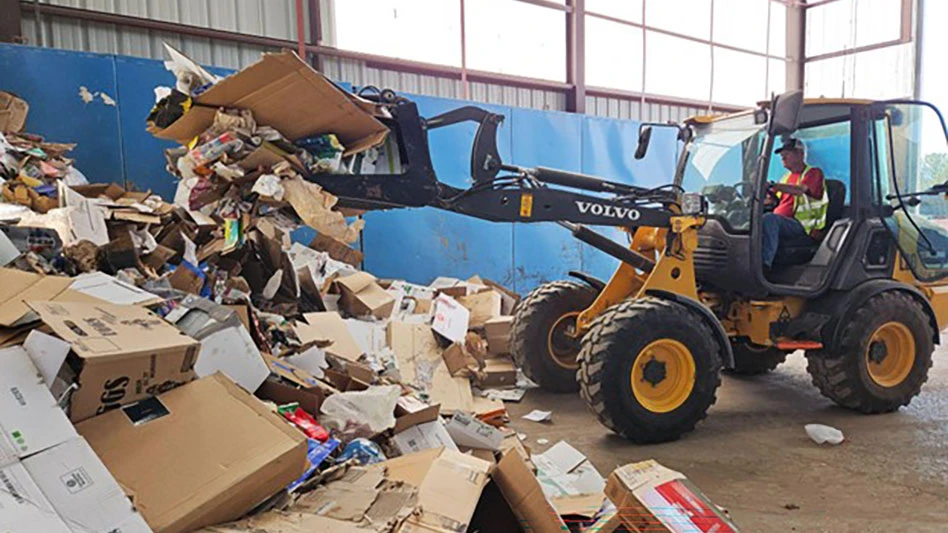If we have a look at this year's prices of stainless steel scrap and above all of nickel, we cannot help being struck by the roller-coaster movements.
We have experienced dramatic fluctuations in nickel: from a high of $17700 on January 6 to a low of $10495 on May 18, then from a high of $ 15 980 on July 7 to a low of $ 12050 on September 9. And on October 1, we reached $16 000 once again.
How can we explain these huge fluctuations and what do they mean? Is this the result simply of operators' nervousness or of a great uncertainty within the stainless steel industry, the most important consumer of nickel?
There has been little evidence of the latter. The stainless steel industry has experienced constant production growth, including the 11.2 percent increase from 20.3 million metric tons in 2002 to 22.5 million metric tons in 2003. The growth is expected to be slightly smaller in 2004 (analysts estimate 24.3 million metric tons) and in 2005 (26.8 million metric tons).
Distribution of last year's production breaks down as follows: Europe 8.46 million metric tons; Asia (excluding China), 8.85 million metric tons; America, 2.85 million metric tons; China, 1.78 million metric tons; and South Africa, 558 000 metric tons.
The importance of the Chinese market should be underlined. The country produced 1.78 million metric tons of stainless steel, but imported no less than 3.5 million metric tons, which explains production increases in, for example, Europe where consumption had been flatter.
Nickel demand is growing at a steady rate, but supply is following a different dynamic. Production has been substantially stable, with more minor increases.
Producers have obviously taken into account rising demand as well as attractive nickel prices that, even at the lowest of the price levels mentioned, were still ahead of mining costs. Exploitation of mining capacity has been increased as far as possible, but higher outputs have failed to match the higher demand.
Moreover, producers have scheduled considerable investments in their bid to increase supply, but, as always in the mining field, a long time is required to bring new mines on stream or to exploit new veins. Therefore, there will be no considerable rise in production capacity before the end of 2006 and, as a consequence, we have to expect another two years of volatility and strong pressure on nickel prices. This will mean an equal amount of volatility in stainless steel scrap. It should also be kept in mind that stainless steel contains not only nickel, but also chrome and iron. Whereas in the past we could almost ignore developments in these other components, this is no longer possible.
The increase in ferro-chrome values and the explosion in steel scrap prices have contributed to the volatility of stainless steel scrap quotations, thus making price forecasts even more difficult.
Supply of nickel-containing scrap, both in normal stainless steel alloys and in blended scrap, has increased on a global scale and is expected to rise from 6.2 million metric tons in 2003 to 6.7 million metric tons this year.
However, this total disguises large variations from region to region. Availability has been unchanged in the United States, and imports have had to be increased to satisfy higher demand.
Europe is experiencing the impact of a manufacturing industry shift to other areas such as Eastern Europe and the Far East. This has increased scrap production in new areas but reduced it in Western European countries.
High prices led to substantial supply in the first part of the year, but destocking during this period has reduced availability in the current quarter. We have witnessed a strong increase in scrap availability across Asia and above all in China. Furthermore, growth in manufacturing activity in these countries will produce an ever-increasing supply of scrap in the future.
Increases in availability have also been recorded in other countries and regions, such as the former Soviet Union and various parts of Africa and the Middle East. On average, the world's stainless steel industry has been able to increase the scrap ratio in its production.
For special alloys, the pressure on raw materials, which comes primarily from the Far East, is also affecting all special alloys and ferro alloys. For titanium scrap demand is good for all qualities, but above all for those suitable for ferro-titanium production. For high-speed steel scrap it is a long time since we last witnessed such a heavy demand with constantly increasing prices.
There is great demand for Molybdenum due to the demand for its use in high-speed steel and in the AISI 316 alloy; and record prices have been seen.
Since the aerospace industry is relatively slack high-nickel scrap is being used in stainless steel blending. The author is chairman of BIR’s Stainless Steel & Special Alloys Committee. He also is with Giuliani Metalli sas – Cronimet Group.
For more information on the BIR contact the association at bir@bir.org.
Get curated news on YOUR industry.
Enter your email to receive our newsletters.
Latest from Recycling Today
- Aurubis credits robust copper demand for profits
- Mexican steelmaking assets draw interest
- SPG invests in closed-loop recycling, material innovation
- National Stewardship Action Council, Stewardship Action Foundation launch National Textile Circularity Working Group
- Senate passes STEWARD Act
- Circular Colorado to establish innovation hub for product development
- Aduro, ECOCE collaborate to advance flexible plastic packaging in Mexcio
- UBQ composite material consisting of MSW residue used in cart manufacturing






